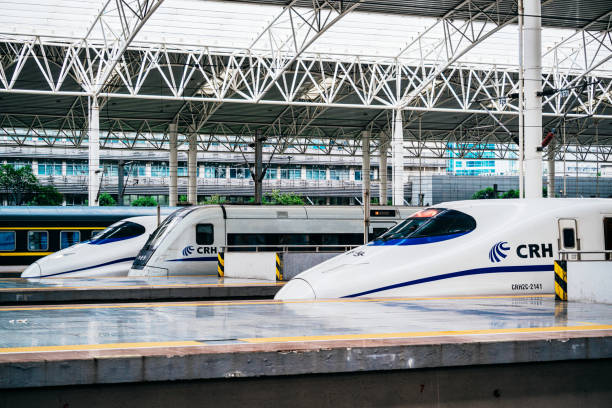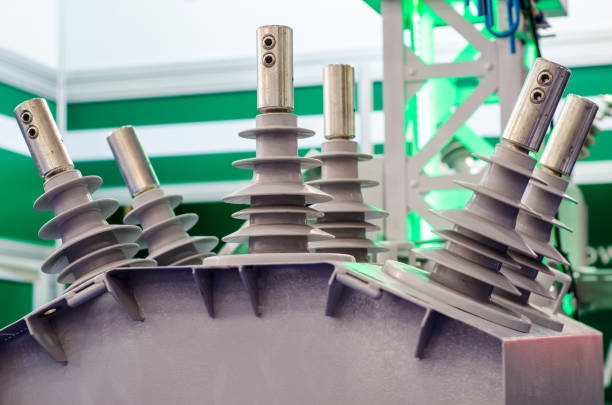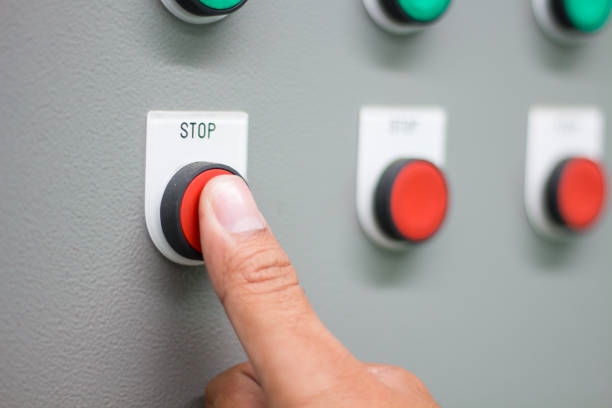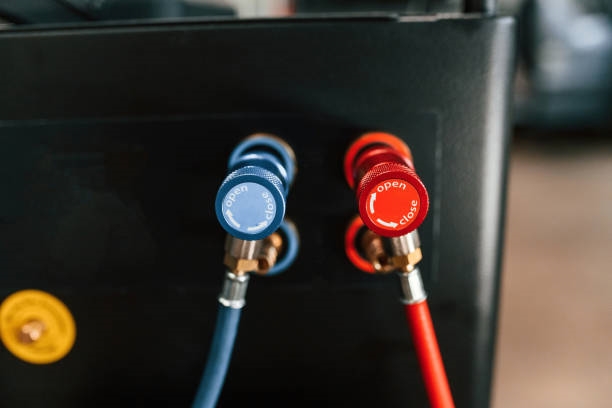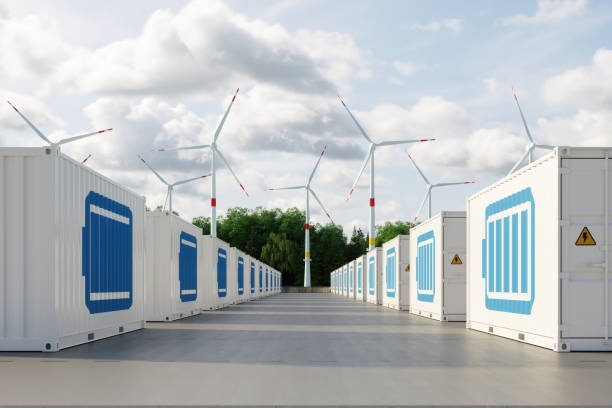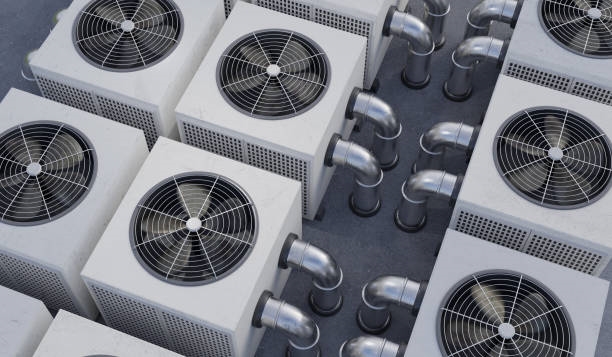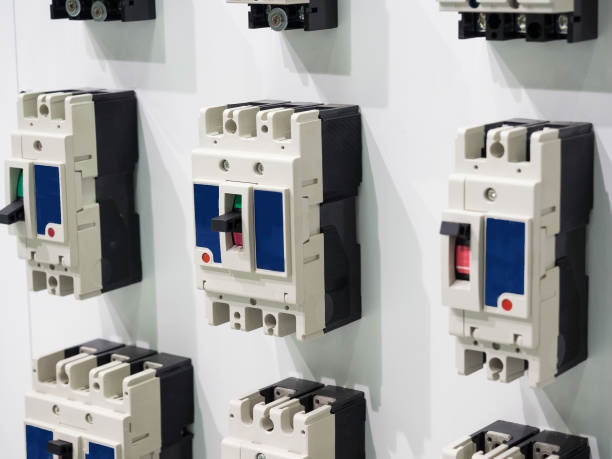Overview
During the Lunar New Year period, freezing rain and snow caused widespread delays for some high-speed trains in certain regions. Where does the electricity for high-speed rail come from, and why does freezing rain lead to large-scale delays? This article explains the power source for high-speed trains and the operational challenges frozen precipitation can cause.
How much power do high-speed trains use?
According to available resources, a high-speed train running at 350 km/h consumes about 9,600 kWh per hour, while one running at 250 km/h consumes about 4,800 kWh per hour. A single 250 km/h trip from Beijing to Nanjing takes roughly four hours and consumes nearly 19,200 kWh, equivalent to powering an air conditioner that uses 1 kWh per night for about 55 years.
Where does the electricity come from?
High-speed rail draws its electricity from the public power grid. High-speed rail operators are large, specialized customers of the grid; residential supply is also provided by the public utility. The electricity used by trains differs from typical grid supply mainly in voltage and phase. In China’s electrified railways, trains use single-phase alternating current at the grid frequency (50 Hz) and at voltages of 25 kV or 27.5 kV. This single-phase, high-voltage AC is derived from the grid through traction substations.
Is the train always connected to the grid while running?
Trains are not continuously electrically connected to the grid during motion. They pass through short de-energized sections, called phase breaks, located between traction substations and the line supports. These sections are typically about 100 meters long. Trains coast through these sections using inertia, so passengers normally do not notice them.
What happens if the train loses power?
Each trainset carries onboard batteries that supply power for starting systems such as the pantograph and provide emergency and auxiliary power if the external supply is interrupted. However, recent incidents have shown that freezing rain and other severe weather can damage the catenary system and pantographs. Because many lines lack redundant contact wire systems, repairs can take a long time. In addition, onboard battery capacity is often not sized to supply air-conditioning loads for extended outages.
Advice for passengers during a power outage
- Remain calm. During a power loss, many onboard systems will not operate. China’s high-speed and intercity trains have sealed windows, and doors generally remain closed unless opening is essential for safety.
- Drink water reasonably. In a hot, confined environment, lack of hydration can lead to heat stress or dehydration.
- Maintain order. Stay composed and follow crew instructions while waiting for power restoration.
Why freezing rain is especially problematic
Freezing rain can damage the contact wire and can also cause pantograph components to stick, fracture, or otherwise fail. An illustrative video shows how freezing rain affects the catenary and pantograph: video
To ensure safety, operators reduce train speeds, and extensive delays or suspensions may occur during severe freezing rain events.
 ALLPCB
ALLPCB


